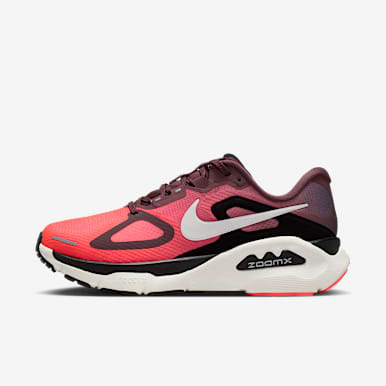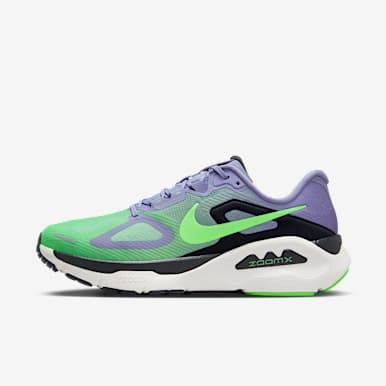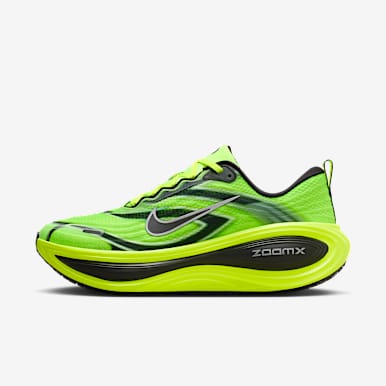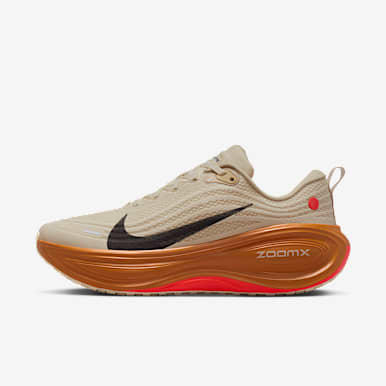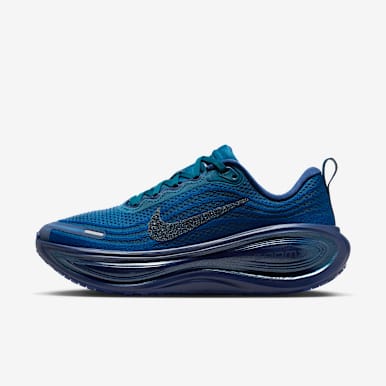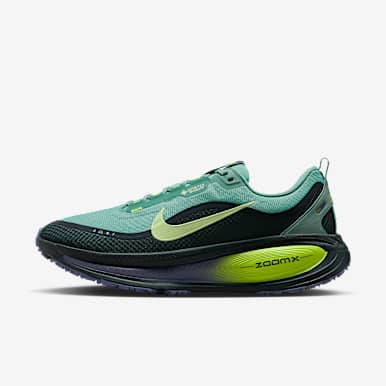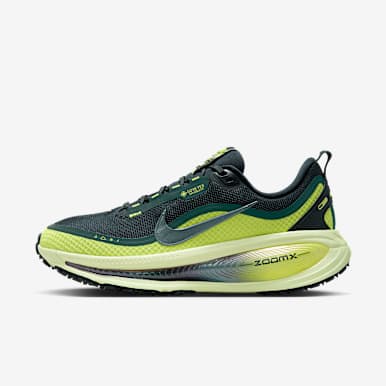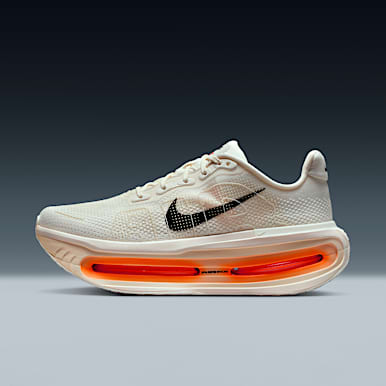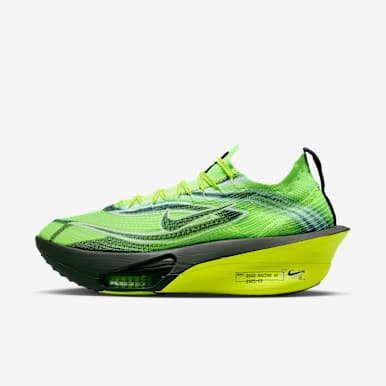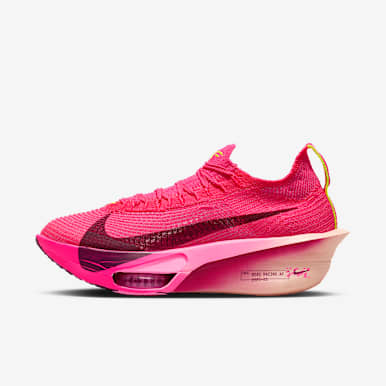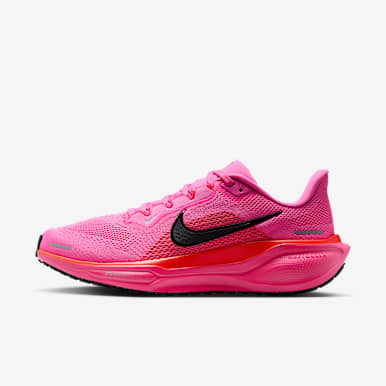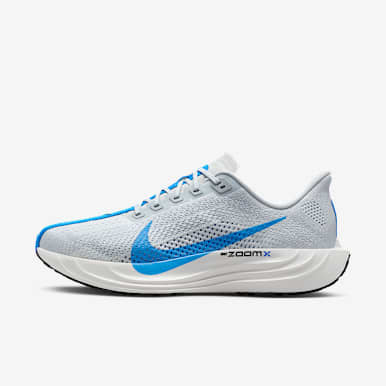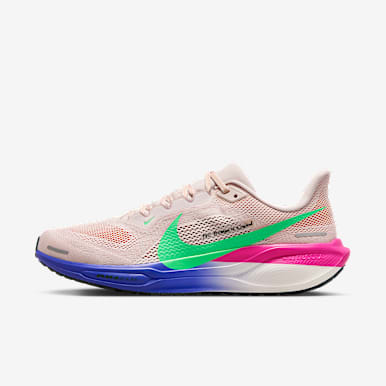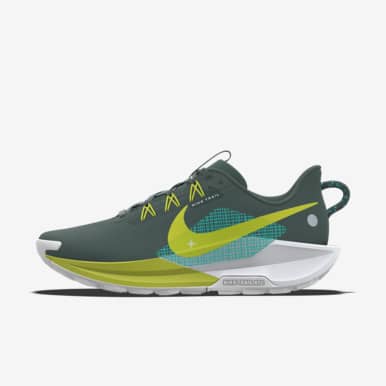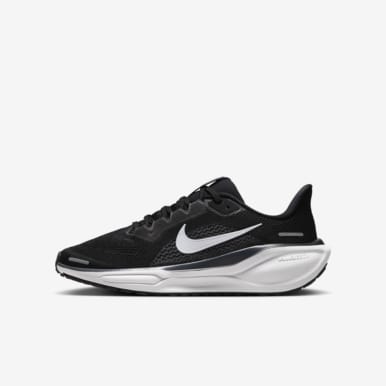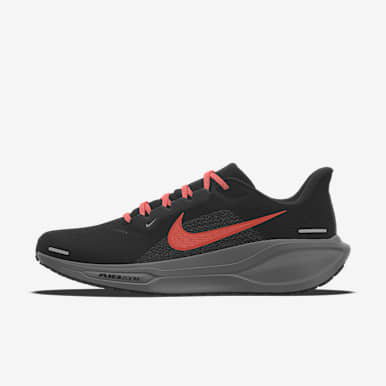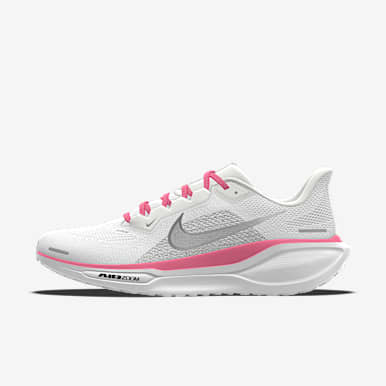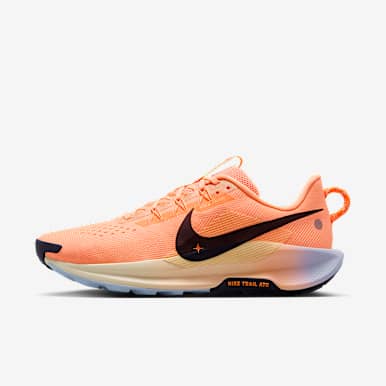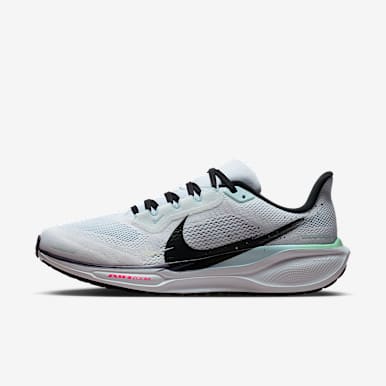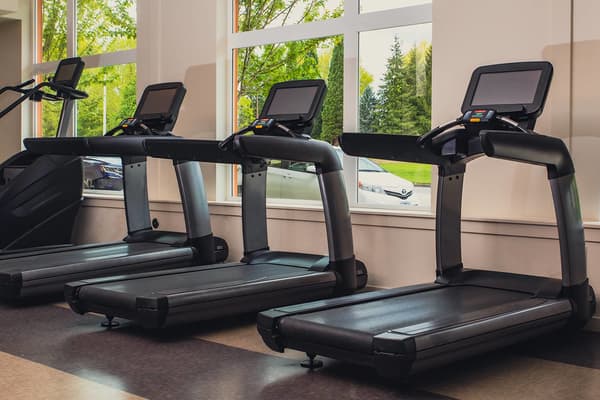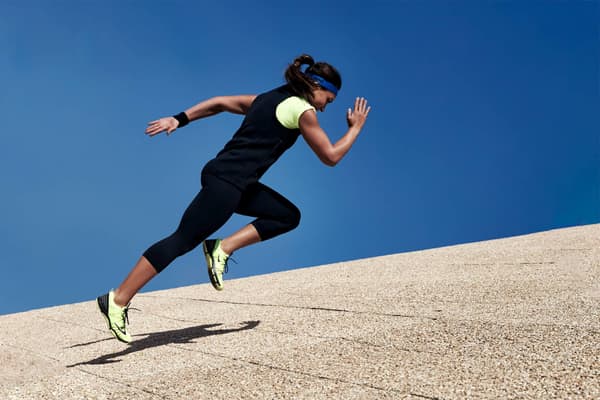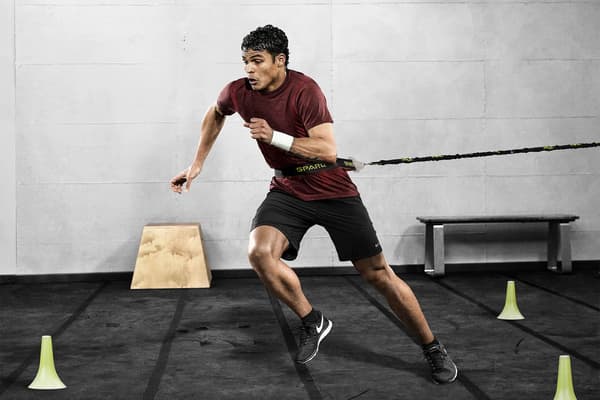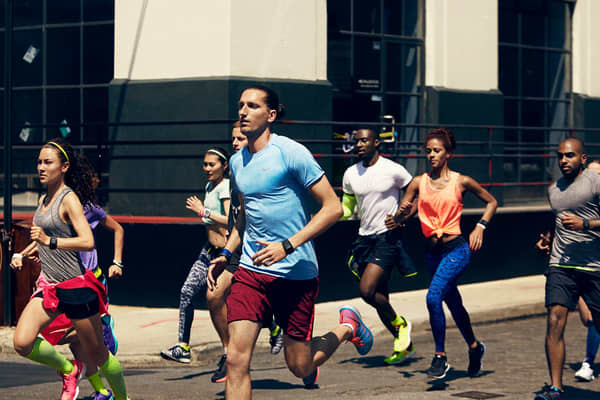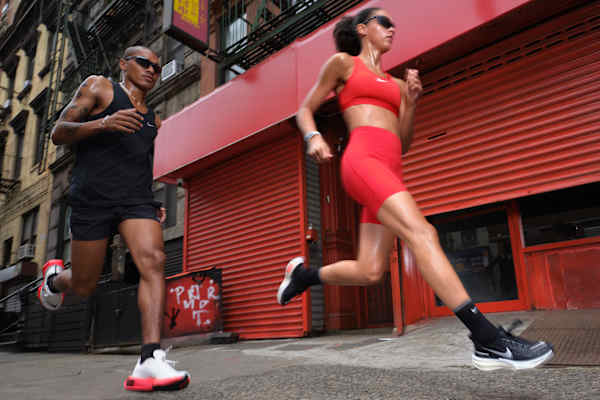What Are the Benefits of Forefoot Running?
Sport and Activity
Using a forefoot strike when running can offer a few unique perks, but it might not be best for everyone. Check out what it's all about and if it's right for you.
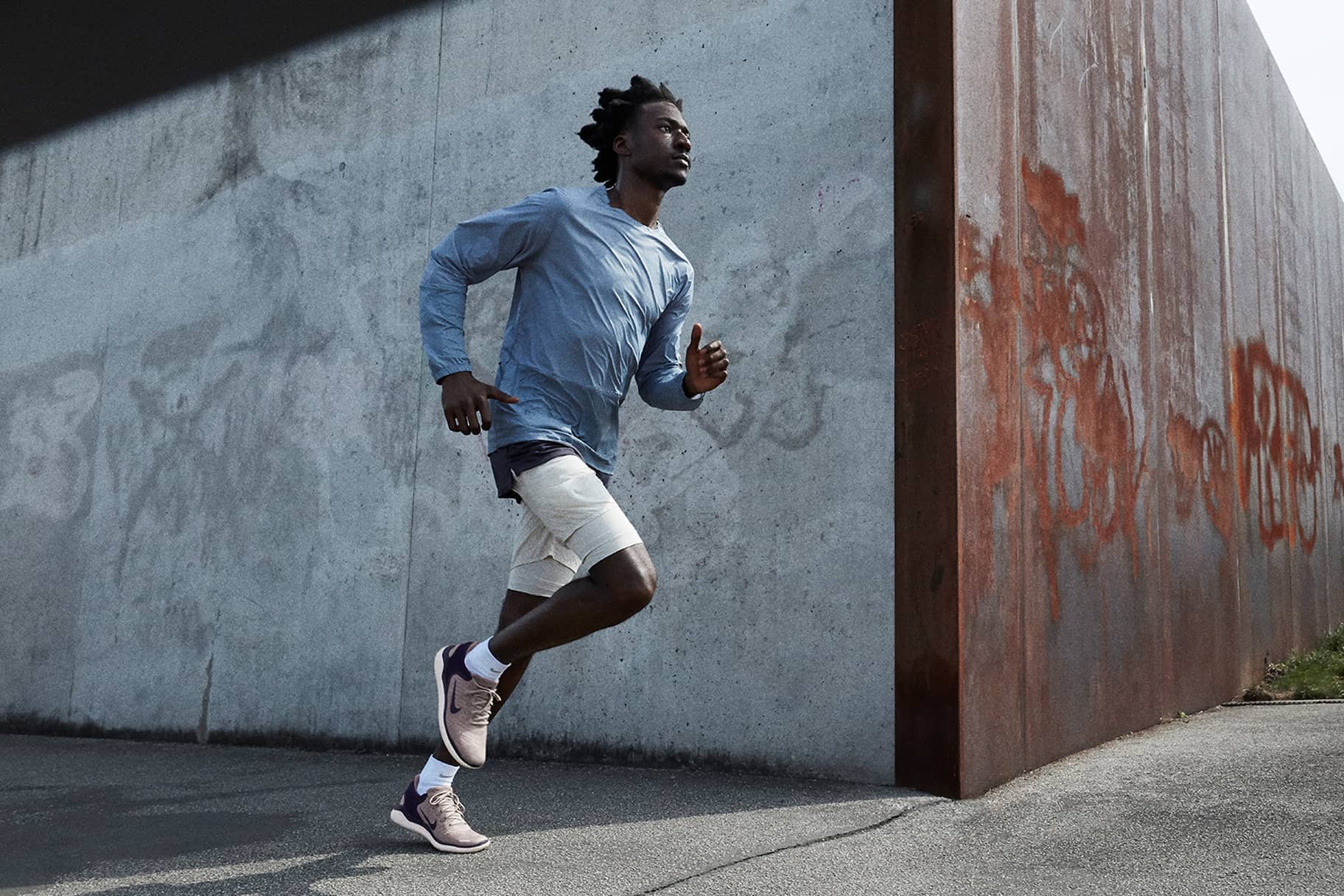
Often, runners are on a mission to become stronger athletes. For some, this means experimenting with different foot strikes and their subsequent impact on achieving optimal running form. When this position is achieved by individual runners, their jogs can improve due to more efficient gait mechanics, lower exertion and for some, less risk of injury.
While the best foot strike varies from person to person, running with a forefoot strike can offer a handful of unique benefits. Here, we explain what forefoot running is, its potential perks and offer guidance to determine if it's right for you.
What Is Forefoot Running?
There are three common types of foot strikes in running: forefoot, midfoot and rearfoot. If you run with a forefoot strike, the ball of your foot hits the ground first. It also means you push your weight off the ground through the ball of your foot and toes to continue running. Meanwhile, midfoot strikers land on the centre of their foot and roll through the forefoot to push off the toes. Rearfoot runners strike with their heel and roll through the midfoot before finally pushing off their toes.
Research shows mixed conclusions about the benefits of forefoot running for injury prevention and sport performance. However, it's a technique each runner may want to consider trying. "That way, you can see how your unique anatomy responds to it", says fitness coach Lauren Chante, C.S.C.S., M.S.
3 Benefits of Forefoot Running
1.Less Impact on Joints
Running is one of the highest impact forms of cardio you can do. There's a point during your stride when neither foot is in contact with the ground. When you land, the joints in your lead foot and leg have to absorb all the impact of your body weight—which can be stressful for your joints.
"Rearfoot running has the most impact on the joints of the leg as the heel is a hard bone to land on and your foot is always reaching towards the ground to catch you", says Karena Wu, D.P.T., board-certified clinical specialist in orthopaedic physiotherapy and owner of ActiveCare Physical Therapy in New York City.
Forefoot running may offer a softer landing. "When you land on the forefoot, the muscles of the foot and calf can absorb these forces, which is less jarring for the joints", says Wu.
2.Lower Chance of Knee Injury
Injuries like runner's knee, stress fractures and patellofemoral pain are a common occurrence among runners. They're often caused by overtraining, poor technique or incorrect shoes.
RELATED: Tips for Buying the Right Shoe for Your Next Run
Changing to a forefoot strike may help. A 2013 study in the journal Medicine & Science in Sports & Exercise found that forefoot running puts less stress on the knees than rearfoot running. As Sarah Ruthenburg, D.P.T., physiotherapist and owner of Evolve Movement Specialists, explains, landing on the forefoot allows your shin to be more vertical. This lowers the likelihood of striking the ground with your knee straight, which can also reduce your chance of knee injury.
3.Improves Running Efficiency
Running with a forefoot strike is more efficient, especially in comparison with heel striking. There's an immediate braking action that takes place when your heel hits the ground first, says Jack Coxall, C.S.C.S., co-founder and personal trainer at Fitness Lab boutique personal training gyms in London. This "braking" prevents you from absorbing force properly when you land and applying that force forwards.
A straightforward way to mimic this sensation is to hop on your heels. "As you will discover, it isn't possible", Coxall says. And you'll come to find that it doesn't feel great, either.
Next, hop on the balls of your feet. Odds are, you're able to absorb force more easily when you land and use it to launch yourself straight up more efficiently, Coxall says.
How to Tell If You're a Forefoot Runner
There are a couple of quick tests you can do to determine which type of foot strike you normally use. One is to simply run barefoot or on a soft surface such as a carpet and notice which part of your foot hits the floor first. If it's the ball of your foot, you're a forefoot runner.
Alternatively, take a peek at the removable insoles of your favourite running shoes and inspect where they've worn down the most. If you can't tell by looking at the insole, feel it with your fingers to see what areas are significantly thinner than others. This can help you identify where you strike. Forefoot runners will see the most wear-and-tear in the upper portion of the insole, midfoot runners will see it in the middle, and rearfoot runners—you guessed it—will see it in the bottom.
How to Change Your Foot Strike
It's possible to teach yourself how to run using a forefoot strike. However it's important to note that forefoot running increases the stress on your calves, Achilles tendon and plantar fascia. This added stress can up your injury risk if these tissues aren't prepared for it. For that reason, Ruthenburg recommends checking where you stand in terms of foot and ankle strength, and mobility before changing your running mechanics.
Ruthenburg recommends trying a couple of self-tests to assess your readiness for forefoot running:
Single Heel Raise
Stand barefoot. Shift your weight onto one foot and perform heel raises. If you can do 20–30 reps in a row without fatiguing or needing help to balance, you're good to go. Repeat the test on the other foot to ensure both sides are ready for forefoot running.
Big Toe Mobility
Sit on the floor, bend one leg and place your bare foot flat on the floor in front of you. Extend the other leg so it is splayed out to the side. On the bent leg, grip your big toe and gently pull it towards you. If you can easily pull your toe towards you slightly, and with little resistance, you pass the test. Make sure you check the other foot as well.
Note: if you came up short in either test, work on building up strength and mobility before making the switch to forefoot running. Keep re-testing to gauge progress.
Warm Up with Pogo Hops
To change your foot strike, you have to get used to landing on the ball of your foot. One great way to do this is to include pogo hops in your warm-up, Coxall says.
Here's how to do pogo hops:
Stand with your feet together. Let your arms hang down by your sides or place your hands on your hips.
Jump as high as you can without bending your knees.
Land softly on the balls of your feet and immediately jump again. Aim to bounce off the ground as quickly as possible on each jump. Never let your heels touch the ground.
Keep jumping off the ball of your foot until you begin to slow from fatigue.
How to Start Forefoot Running
Then, when you run, focus on landing on the ball of your foot. Coxall say you'll likely notice that your body positioning places more emphasis on moving forwards, as opposed to straight up with every stride, like you'd see with a mid- or rearfoot strike.
Start by using a forefoot strike for shorter distances and observe how it affects your pace and any aches and pains. If you feel good, go ahead and add a little more distance to every forefoot run.
"If you feel any adverse reactions at all, such as intense soreness, take more rest between forefoot running sessions and make sure you're increasing your forefoot running in baby steps", Chante says.
If you experience pain, stop, and make sure you consult a doctor or physiotherapist. And it's worth mentioning that forefoot running may not be the best strike for you, and that's OK. If you have a midfoot or rearfoot strike and that feels comfortable to you, then why change things up?
The Best Shoes for Forefoot Runners
"The best shoes for forefoot runners are the ones with a large amount of forefoot cushioning", says Patrick McEneaney, D.P.M., F.A.C.F.A.S., and owner and Chief Executive Officer of Northern Illinois Foot and Ankle Specialists. Most running shoes designed for high mileage have good cushioning in the forefoot, he says.
Bear in mind that shoes won't fix any underlying problems caused by poor running technique, muscle weakness or overuse. Still, buying the right running shoes may offer the support you need to keep running safely and comfortably with a forefoot strike.
For more expert-backed tips, make sure you download the Nike Run Club App!

Nike Run Club
Listen to the Guided Runs in the Nike Run Club App and run with some of the best coaches and athletes, like Eliud Kipchoge, Shalane Flanagan and Mo Farah. Our Guided Runs give you the guidance you need to listen to your body, adapt to your training plan and become your own best coach.
